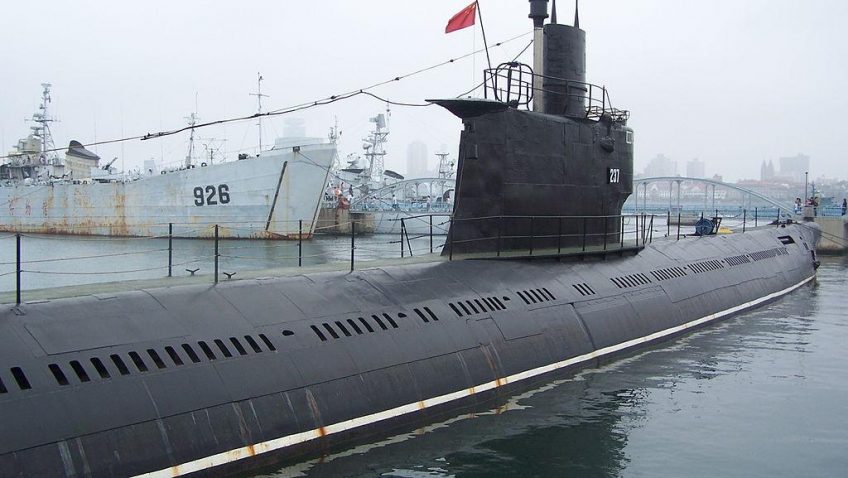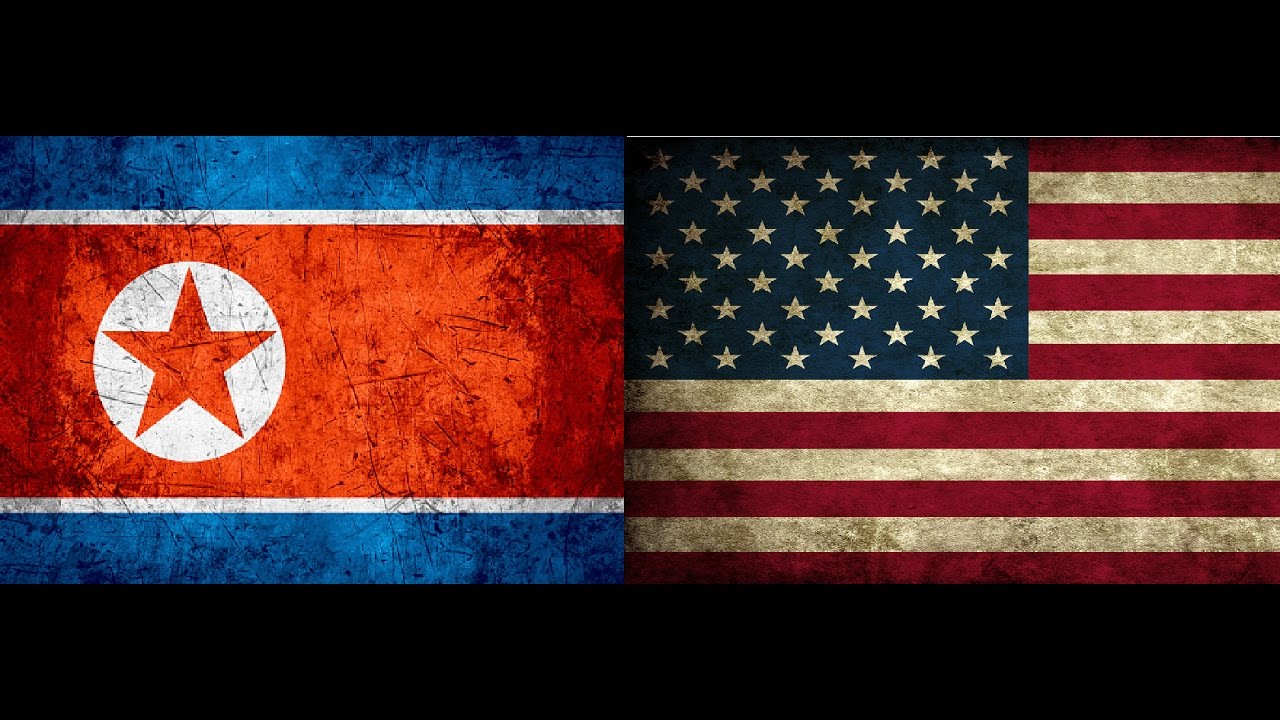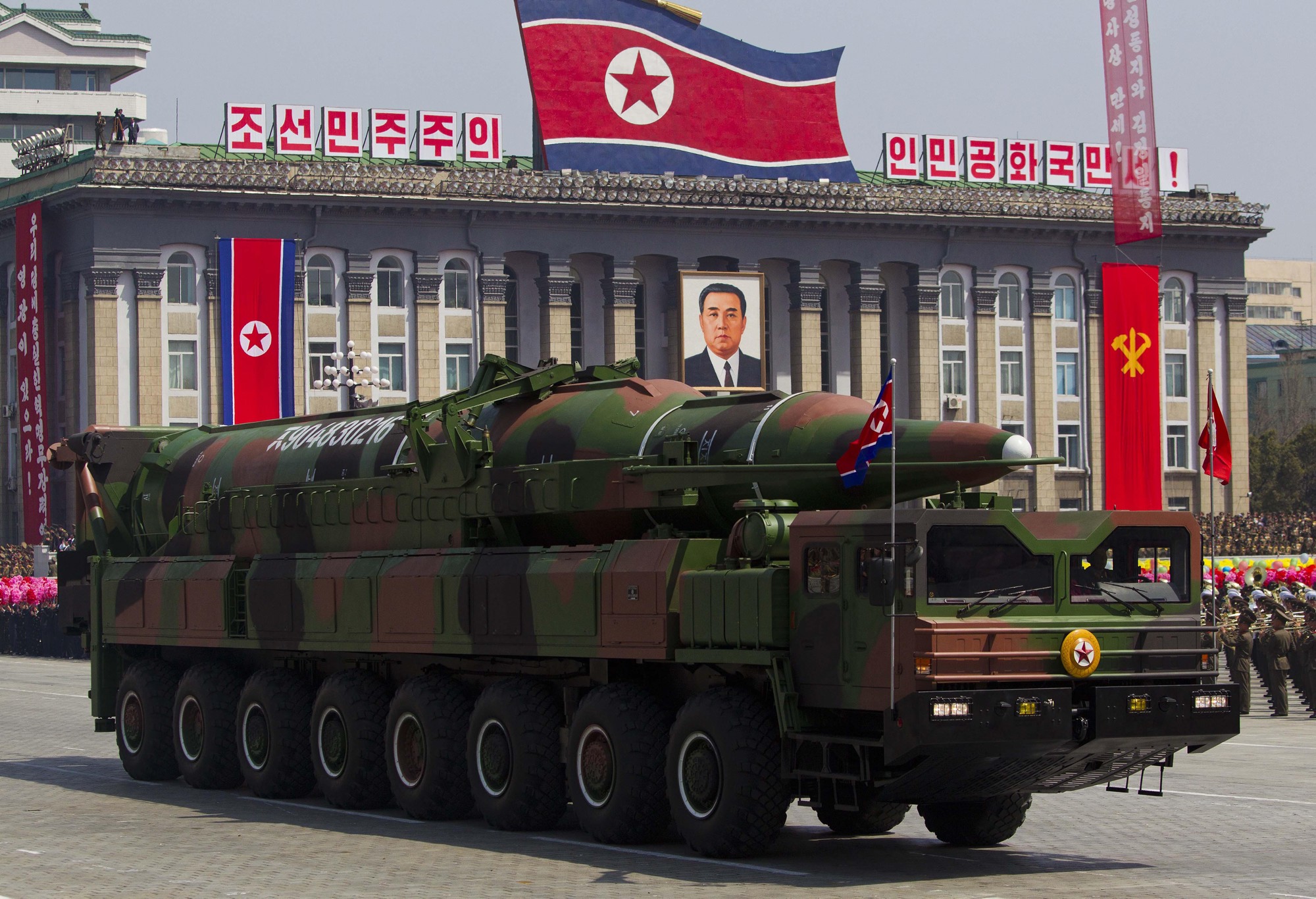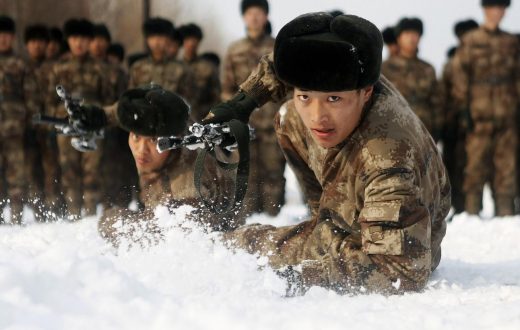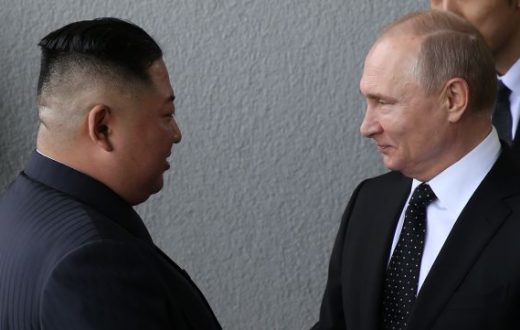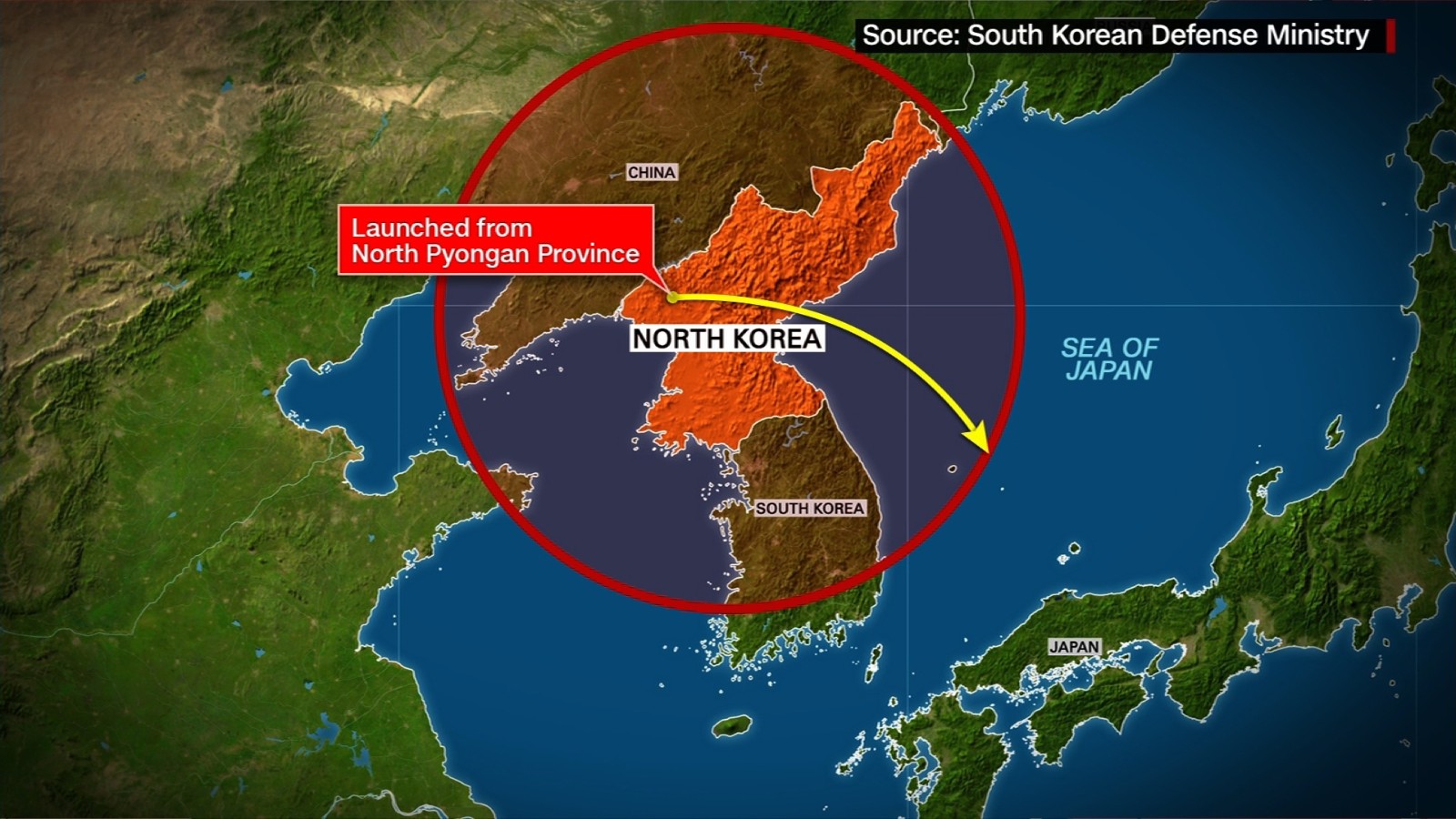North Korea test-fired a ballistic missile on 2nd of October — possibly from a submarine — just days ahead of the expected resumption of nuclear negotiations between the U.S. and North Korea after a seven-month hiatus.
South Korea’s Joint Chiefs of Staff says the missile was fired from waters off the peninsula’s east coast, near the port city of Wonsan, and traveled about 280 miles to the east before landing in the Sea of Japan.
South Korea’s National Security Council standing committee held a meeting after the test and voiced its “strong concern.”
This would appear to be the most powerful weapon North Korea has tested since a February summit in Vietnam between President Trump and North Korea’s leader Kim Jong Un. That meeting ended without a denuclearization agreement.
The test came just hours after North Korean Vice Foreign Minister Choe Son-hui was quoted by state media as saying that working-level denuclearization talks would begin with a day of preparatory meetings on Friday, before getting underway on Saturday. Choe did not mention a possible venue for the talks.
While Trump has downplayed Pyongyang’s series of missile and rocket launches since then, Wednesday’s test prompted speculation that talks could be delayed.
North Korea has issued an ultimatum, threatening to abandon negotiations for good if the U.S. does not show a more flexible strategy and come to the table with concessions by year’s end.
Trump has indicated he is willing to adopt a “new method” in talks, and last month fired national security adviser John Bolton, the administration’s chief opponent of partial denuclearization deals with both North Korea and Iran.
The projectile fired Wednesday is believed to belong to North Korea’s Pukkuksong, or North Star, class of submarine-launched ballistic missiles (SLBM), believed first tested with solid fuel in August 2016.
South Korean Defense Minister Jeong Kyeong-doo told a parliamentary committee that the Pukkuksong class is capable of flying distances up to about 910 miles, but this time the missile was launched in a 565-mile high arc, shortening its horizontal trajectory.
Solid-fuel SLBMs can be launched more quickly than liquid-fueled missiles and the underwater launch platform makes them harder to detect and target. North Korea is not known to be able to launch them from a submarine yet, but has used submersible barges for tests.
The Pukkuksong class of missiles is intended to be capable of carrying a nuclear warhead.
Japanese government spokesman Yoshihide Suga said a missile fell into Japan’s Exclusive Economic Zone, off the western prefecture of Shimane.
Japan’s Kyodo News Agency quotes Prime Minister Shinzo Abe as saying: “Such a ballistic missile launch is in breach of U.N. Security Council resolutions and we strongly protest and condemn it.”
Highlighting internal divisions plaguing the U.S. sponsored system of military alliances in Asia, Kyodo reports that South Korea requested intelligence from Japan about the launch through an intelligence-sharing pact that Seoul is quitting, amid a trade war.
In Italy, a State Department spokeswoman traveling with Secretary of State Mike Pompeo said, “We call on the DPRK [North Korea] to refrain from provocations, abide by their obligations under U.N. Security Council resolutions, and remain engaged in substantive and sustained negotiations to do their part to ensure peace and stability on the Korean Peninsula and achieve denuclearization.”
A potent bargaining chip for the North
Since May, Kim Jong Un’s public appearances, in which he typically gives instructions or “field guidance” to his subordinates, have largely focused on North Korea’s military capabilities and weapons production.
He has personally overseen several missile launches. Kim appeared to give a boost to his country’s SLBM program in July when he visited a new submarine being built at a shipyard. He has also promoted officials in charge of military industries to the top of the North Korean political hierarchy.
Analysts believe that these visits indicate Kim’s distress at returning from Hanoi in February without a deal, when he believed one was in reach. They’re also thought to show his ambivalence about a future agreement, and his determination to deal with the U.S. and South Korea from a position of strength.
Stronger military capabilities could strengthen Pyongyang’s hand in negotiations with the U.S. by constituting a threat held in reserve, or an asset to be bargained away, for the right price.
North Korea’s missile launch “also appears to take into consideration multiple factors, including our military’s demonstration of its latest military assets yesterday,” Defense Minister Jeong Kyong-doo told lawmakers.
Tuesday was South Korea’s Armed Forces Day, and it put on display for the first time several F-35 fighter jets recently acquired from the U.S.
The F-35s represent a conundrum for U.S. allies in Asia. Their purchase helps to mollify the Trump administration, which wants South Korea and Japan to contribute more to their defense costs. But it infuriates North Korea, which is working to develop missiles to counter the F-35s and the bases from which they fly.
This article was originally found on the good website NPR you can find it here : https://www.npr.org/2019/10/02/766324902/north-korea-missile-test-may-have-been-launched-from-a-submarine?t=1570024657282

